Amazon is offering numerous all-time low prices on Apple Watch Series 10 and Apple Watch SE, including both GPS and cellular models. You'll find all-time low prices for both watches, and in regards to the Series 10, we're tracking $100 discounts for the first time ever.
Apple Watch Series 10
 Note: MacRumors is an affiliate partner with Amazon. When you click a link and make a purchase, we may receive a small payment, which helps us keep the site running.
Note: MacRumors is an affiliate partner with Amazon. When you click a link and make a purchase, we may receive a small payment, which helps us keep the site running.
Amazon has the 42mm GPS Apple Watch Series 10 for $299.00, down from $399.00, as well as the 46mm GPS model for $329.00, down from $429.00. Both of these are new record low prices on the Apple Watch Series 10, and they're available in numerous case colors and band styles, all of which you can find in the lists below.
42mm GPS Apple Watch Series 10
- Jet Black Aluminum Case with Black Sport Band (S/M) - $299.00, down from $399.00
- Jet Black Aluminum Case with Ink Sport Loop - $299.00, down from $399.00
- Rose Gold Aluminum Case with Plum Sport Loop - $299.00, down from $399.00
- Rose Gold Aluminum Case with Light Blush Sport Loop - $299.00, down from $399.00
- Silver Aluminum Case with Blue Cloud Sport Loop - $299.00, down from $399.00
- Silver Aluminum Case with Denim Sport Band (S/M) - $299.00, down from $399.00
46mm GPS Apple Watch Series 10
- Jet Black Aluminum Case with Black Sport Band (M/L) - $329.00, down from $429.00
- Jet Black Aluminum Case with Ink Sport Loop - $329.00, down from $429.00
- Rose Gold Aluminum Case with Light Blush Sport Band (M/L) - $329.00, down from $429.00
- Rose Gold Aluminum Case with Plum Sport Loop - $329.00, down from $429.00
- Silver Aluminum Case with Blue Cloud Sport Loop - $329.00, down from $429.00
- Silver Aluminum Case with Denim Sport Band (M/L) - $329.00, down from $429.00
Apple Watch SE
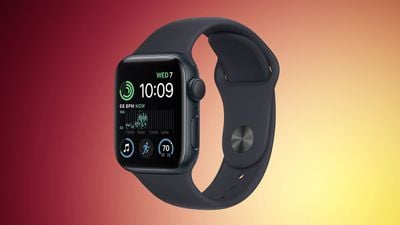
In addition to Series 10 deals, Amazon is discounting the 40mm GPS Apple Watch SE to $169.00 today, down from $249.00. This is the best price we've tracked so far in 2025, and it's available in Starlight, Silver, and Midnight Aluminum color options.
Amazon has nearly every 40mm GPS Apple Watch SE at this price, including multiple sizes of the Sport Band model and many Sport Loop models. Most are in stock and available to be delivered by early March.
Additionally, you can get the 44mm GPS Apple Watch SE at an all-time low price of $199.00 today on Amazon, down from $279.00. This one is also available in Midnight, Silver, and Starlight Aluminum colors, and multiple band sizes.
If you're on the hunt for more discounts, be sure to visit our Apple Deals roundup where we recap the best Apple-related bargains of the past week.
Deals Newsletter
Interested in hearing more about the best deals you can find in 2025? Sign up for our Deals Newsletter and we'll keep you updated so you don't miss the biggest deals of the season!



 Note: MacRumors is an affiliate partner with Amazon and Best Buy. When you click a link and make a purchase, we may receive a small payment, which helps us keep the site running.
Note: MacRumors is an affiliate partner with Amazon and Best Buy. When you click a link and make a purchase, we may receive a small payment, which helps us keep the site running.
 Note: MacRumors is an affiliate partner with Amazon. When you click a link and make a purchase, we may receive a small payment, which helps us keep the site running.
Note: MacRumors is an affiliate partner with Amazon. When you click a link and make a purchase, we may receive a small payment, which helps us keep the site running.


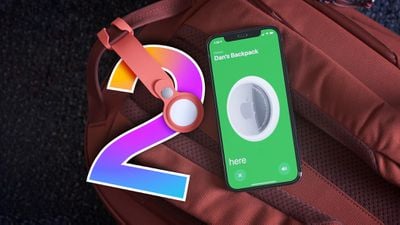
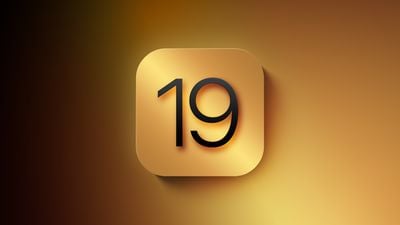
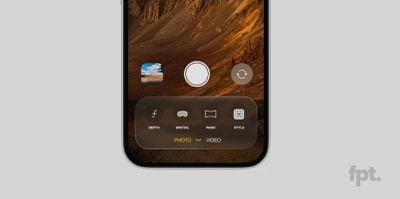




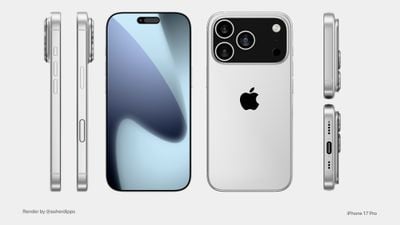






 Note: MacRumors is an affiliate partner with Amazon. When you click a link and make a purchase, we may receive a small payment, which helps us keep the site running.
Note: MacRumors is an affiliate partner with Amazon. When you click a link and make a purchase, we may receive a small payment, which helps us keep the site running.
 Note: MacRumors is an affiliate partner with Amazon. When you click a link and make a purchase, we may receive a small payment, which helps us keep the site running.
Note: MacRumors is an affiliate partner with Amazon. When you click a link and make a purchase, we may receive a small payment, which helps us keep the site running.











